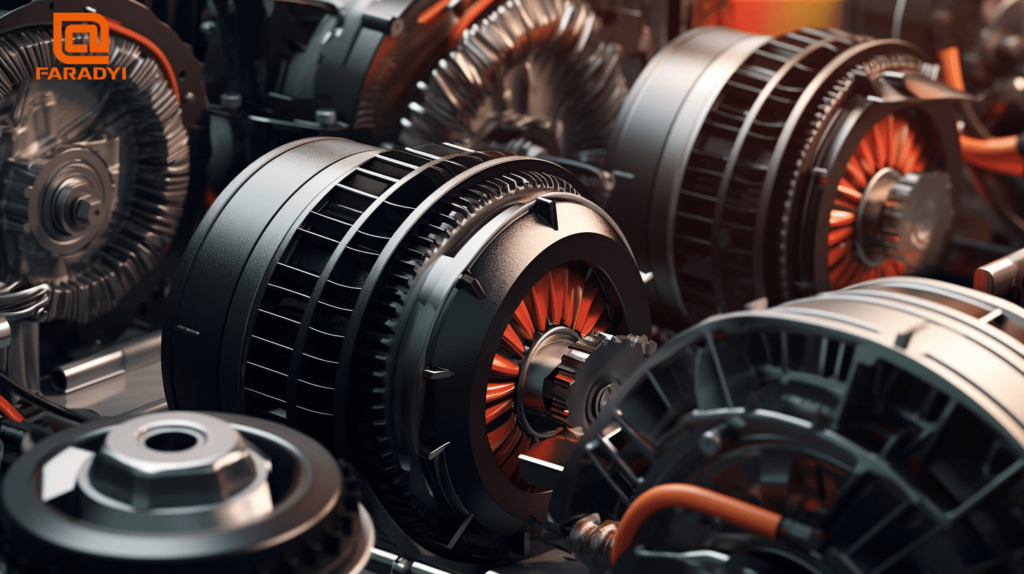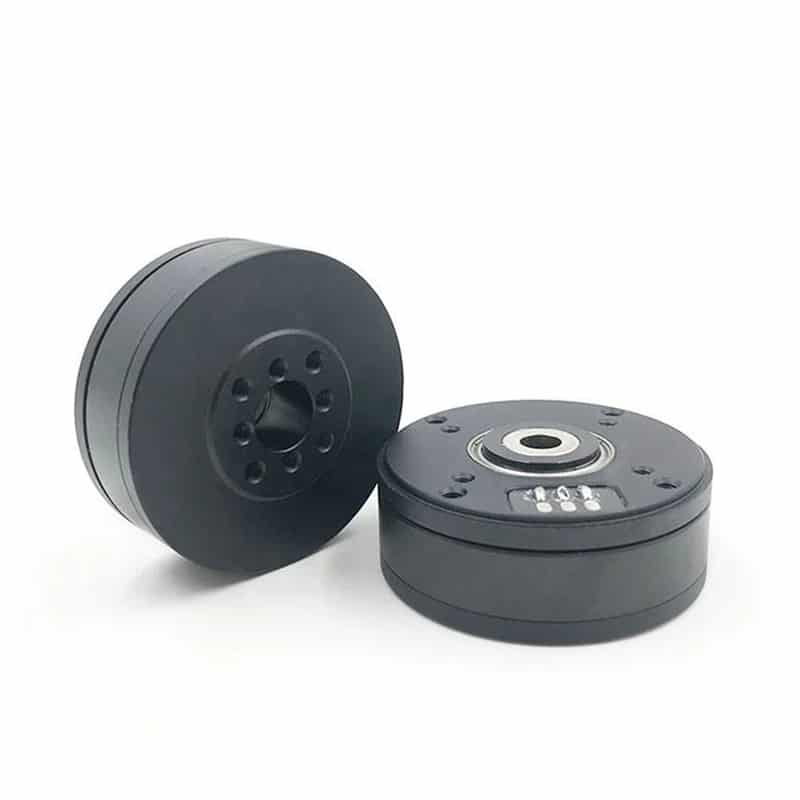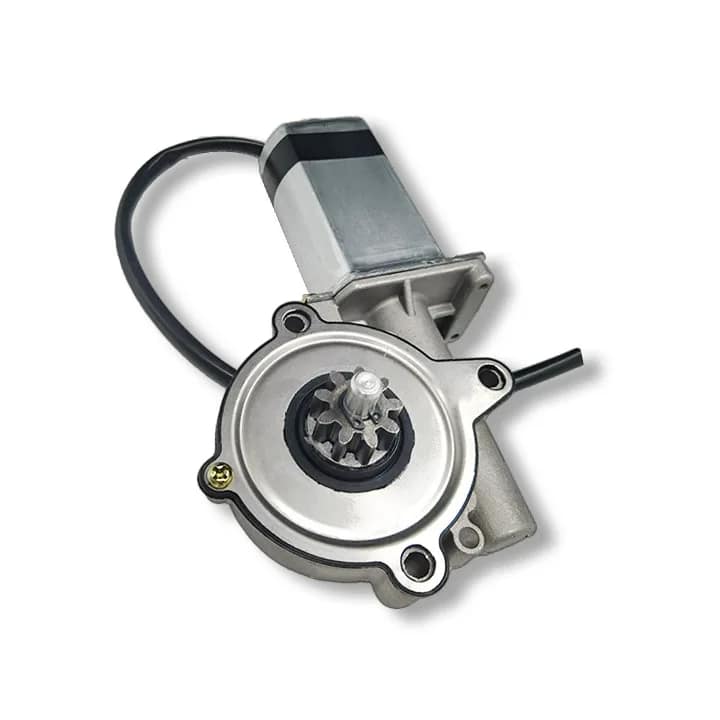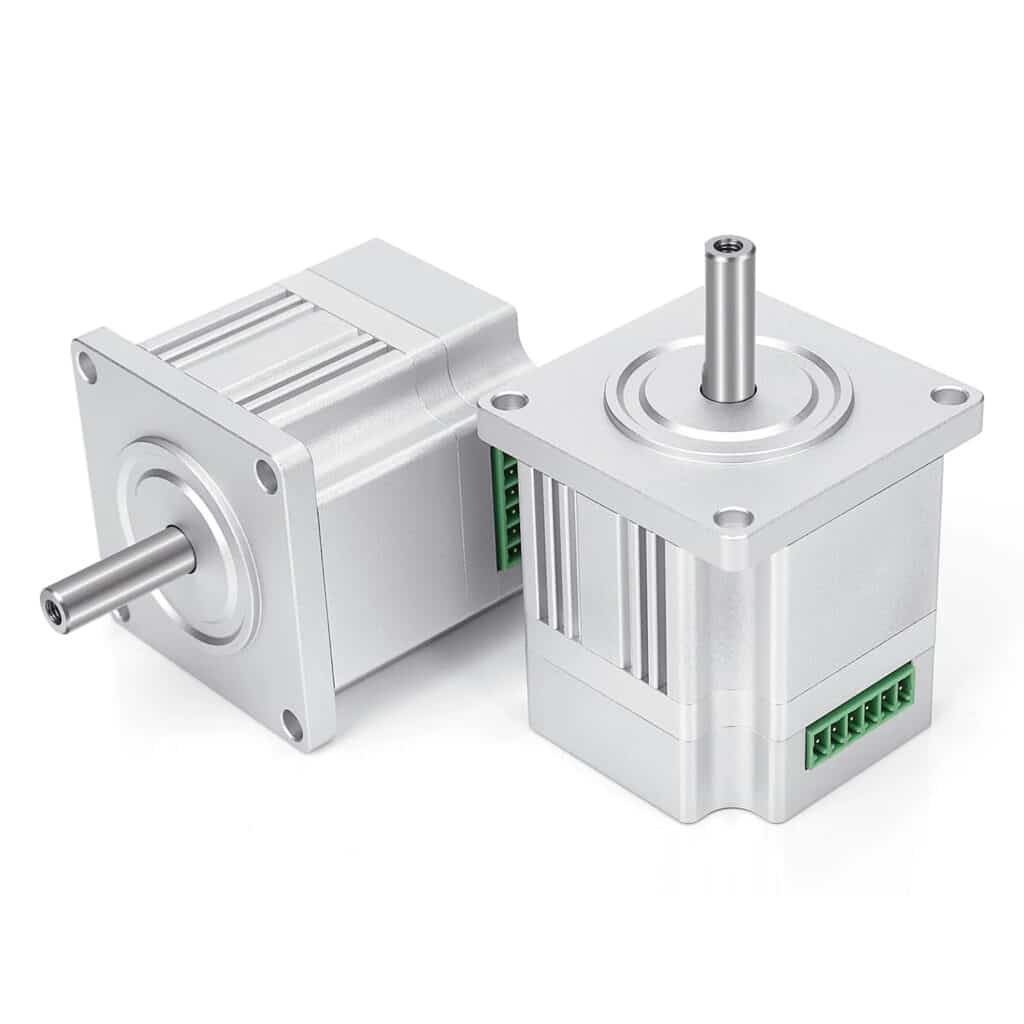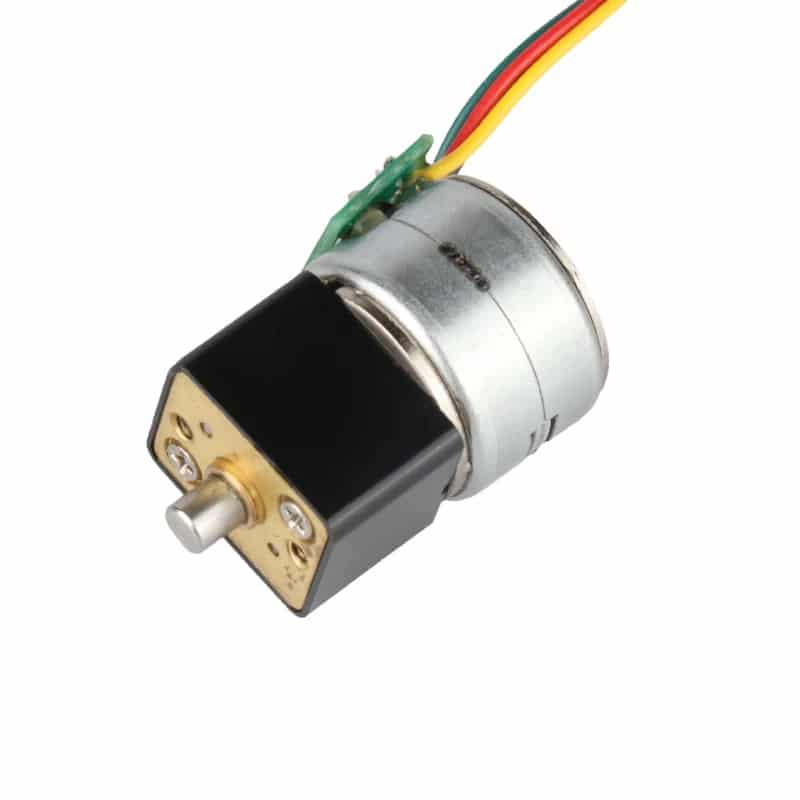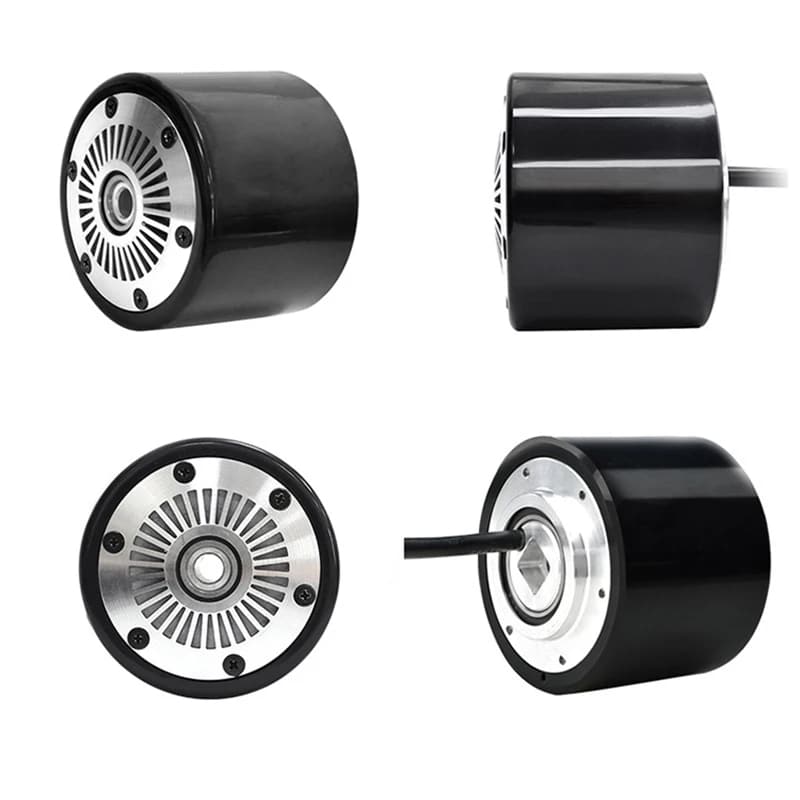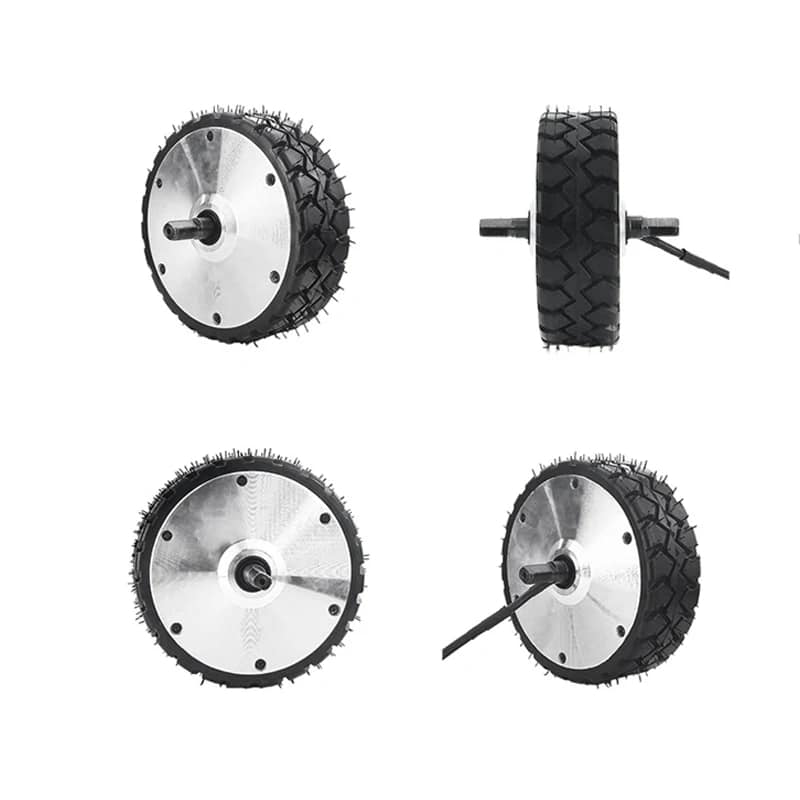Electric motors are essential devices that convert electrical energy into mechanical motion. But how exactly do electric motors work to spin motors and generate torque? Here is a simplified overview of the key principles behind different motor types.
The Basics
All electric motors operate on the same basic principle – they convert electrical energy into magnetic fields, which interact to generate force that makes the motor spin. This happens through electromagnetic induction between the stator (stationary part) and rotor (rotating part).
The specific way this process occurs differs based on whether the motor runs on direct current (DC) or alternating current (AC). Additionally, design factors like the wiring of coils and magnet/coil orientations impact functionality. Nonetheless, all electric motors ultimately operate by creating magnetic force through electric current.
AC Motor Operation
In AC induction motors, the alternating current flowing through the stator coils generates a rotating magnetic field. This changing field induces a current in the rotor coils, causing the rotor to spin in pursuit of the stator field. Ultimately, the motor transforms energy from the AC power source into rotational kinetic energy.
Synchronous AC motors work differently – the rotor spins exactly in sync with the rotating field produced by the stator rather than chasing it. The key is that the rotor contains permanent magnets which lock in with the external AC field.
DC Motor Operation
In DC motors, the stationary stator contains permanent magnets that generate a static magnetic field, while the rotor windings carry the electric current. Based on the wiring orientation, the energized rotor coils either attract or repel from the stator magnets, producing spin.
Brushed DC motors use a commutator and brushes to periodically flip the current as the rotor turns. This flips the magnetic polarity, so that the rotor continues rotating in the same direction. Brushless DC motors electronically control the rotor switching.
In Summary
All electric motors work by using electromagnetic forces to transform electric energy into kinetic rotational energy. Both AC and DC designs leverage magnetic fields from currents and magnets to create spin-inducing torque. Understanding these fundamental operating principles helps appreciate this invaluable technology that modern civilization depends on.

